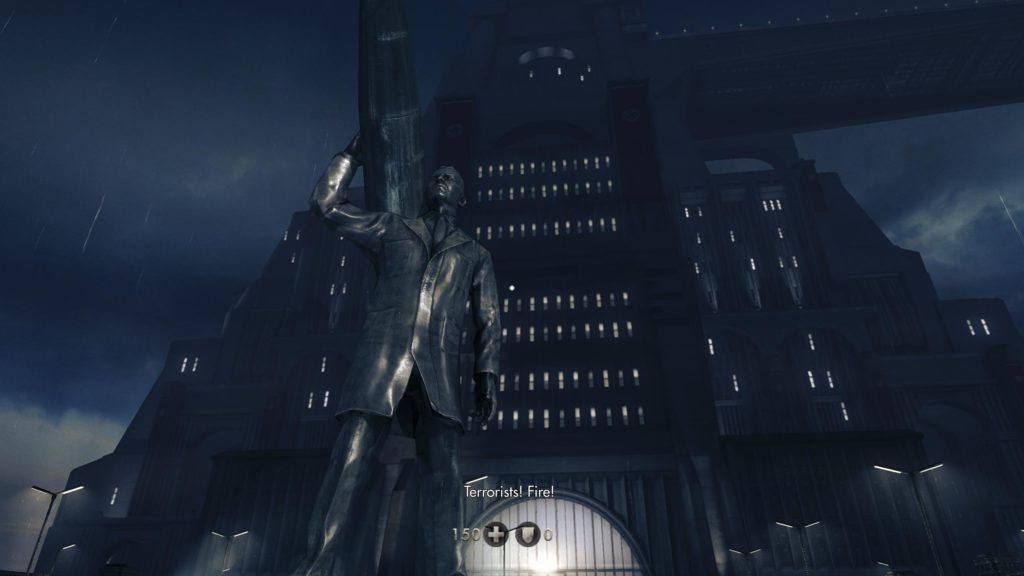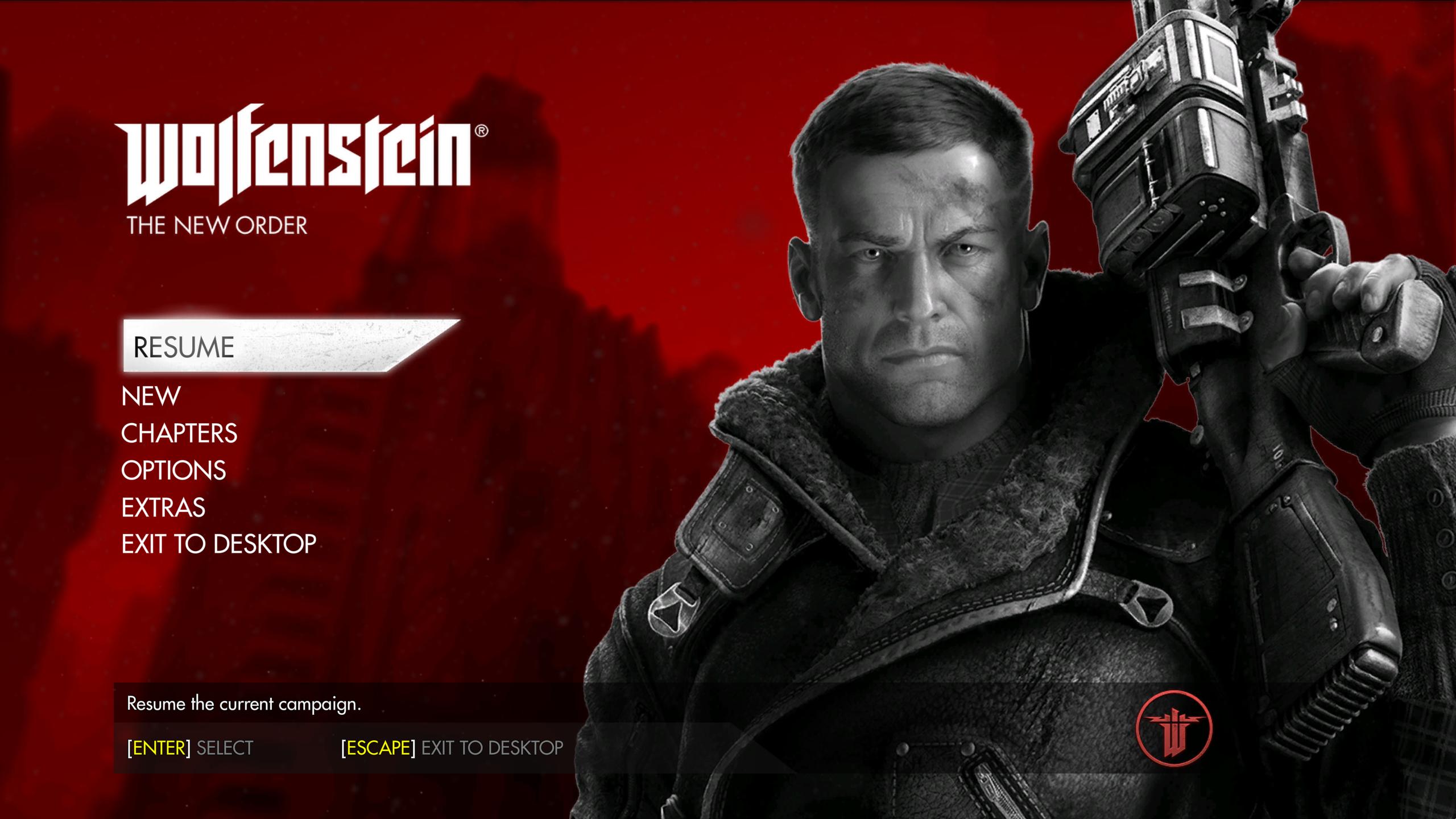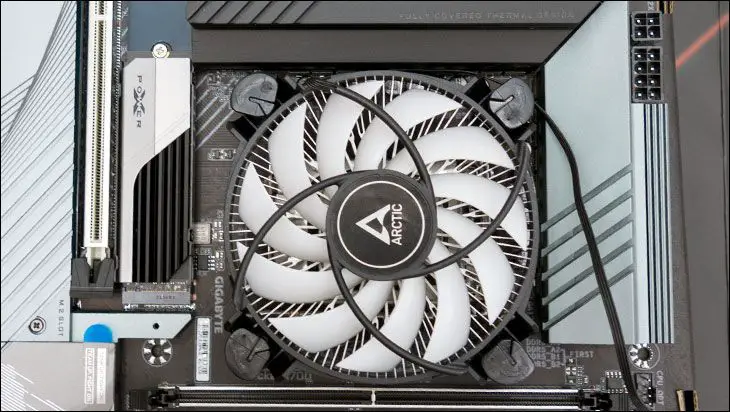As per the previous review, the system configuration used to review this game was an Intel i7 4930k processor, 16GB of DDR3 quad channel memory, Intel 180GB 540 Series SSD, PNY GTX 980 XLR8 Pro OC, and a Samsung 2560 x 1440p monitor. We’ll continue to list the system specifications of what we used with each game as over time we may end up upgrading a piece here or there and we’d rather not keep you in the dark when it comes to what you should expect with similar systems.
Thanks to the powerhouse that is our GTX 980, we were able to turn everything to its highest setting with the game looking quite pleasing to our eyes. Where Watch_Dogs had long load times and even saw massive frame rate drops when settings were cranked up, Wolfenstein: The New Older does not suffer from this. It would seem that the game was designed, or at least properly optimized for computer users unlike Watch_Dogs’ haphazardly port from the console universe.
Well mostly optimized for the computer. The amount of storage space this will take up on your storage device is around 43.6 GB. Comparing that to the larger universe and longer playtime of the Witcher 3 which is only 25.1 GB it would seem that something got lost in translation. We can understand certain games being quite large, though this is more acceptable in a large open world game where there will be parts of a world the gamer may never see if they never explore it. With mostly linear pathways (with some slight choice in direction) we’re not quite sure why the storage hit is so large. There is a folder containing Virtual Textures that eats up 33.1 GB, the game still could see graphical improvements. They may have done this to lower load times on lower end systems, but why they did not compress it so that users would not lose so much storage space, we’re not sure.

ADVERTISEMENT
Wolfenstein The New Order
ADVERTISEMENT
$14.75
in stock
9 new from $14.75
19 used from $6.48
as of January 7, 2026 12:02 pm
Amazon.com
$39.90
in stock
4 new from $39.90
2 used from $39.15
as of January 7, 2026 12:02 pm
Amazon.com
Last updated on January 7, 2026 12:02 pm
Page 2 of 8
ADVERTISEMENT
ADVERTISEMENT
Leave Comment












